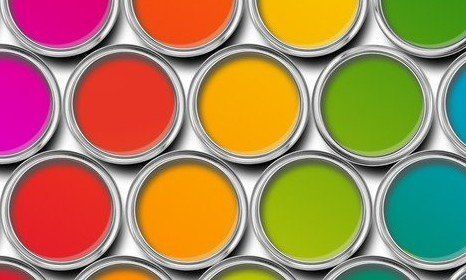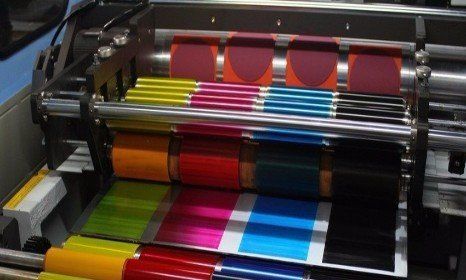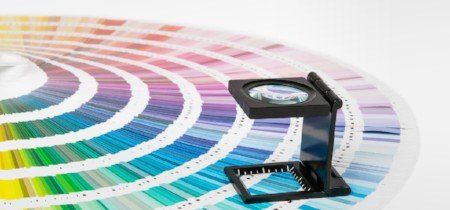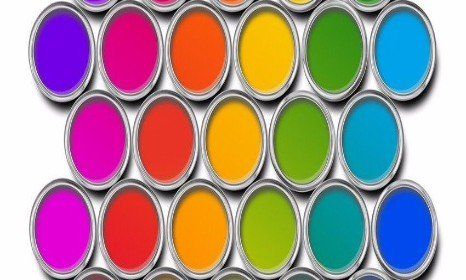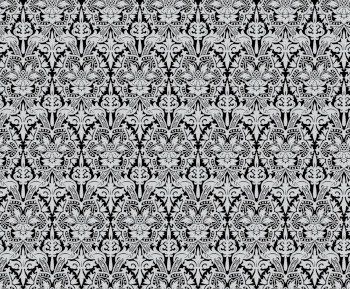Nine essential properties of quality pigment dispersions
- By Centre Colours
- •
- 15 Jan, 2019
- •
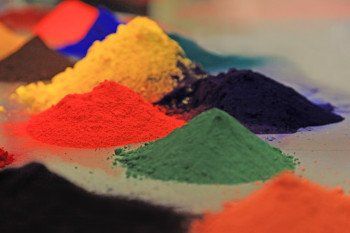
The quality of the pigments can make all the difference to the quality of the paint job. Read on for the nine essential pigment dispersions properties that lead to quality painting and printing:
- How stable it is
Stable pigment dispersions are particularly important for printing and textile printing. A stable pigment such as Phthalocyanine can provide great vibrant colour for clothing. Pigment dispersions are becoming a popular alternative to dyes, primarily due to their lightweight and stable nature.
- Whether it dissolves easily
A high quality pigment will be capable of dissolving easily in any solution. The auto soluble nature means that the production process can be sped up, leading to quicker product delivery.
- Quick to dry
A key property for quality pigments for paints and coating is that they shouldn’t take long to dry.
- Viscosity
To produce quality paint and coatings, an even distribution of the pigment dispersions in the binder is optimal. The lower the viscosity, the better the distribution of pigment dispersions.
- The right particle size
This differs depending on your needs. If you’re looking for opacity, bigger pigment particles can make the better choice, while smaller particles can be more transparent and more easily dispersed.
- Non-toxic
Quality pigment dispersions need to be eco-friendly and free of toxins. This is important for many customers and also often a legal requirement due to new environmental laws.
- Levels of customisation
Pigment dispersions which are customisable to suit the product are best. For instance, you may want pigments that can be turned from opaque to transparent to be compatible with your manufactured product. You may also have specific strength and shade requirements which a quality pigments manufacturer will be able to deliver.
- Glossy
To achieve a bright and vibrant hue, you should opt for a glossy pigment dispersion for your paint manufacture. Otherwise, the paint you produce may not end up being as rich in colour as you’d like.
- Water based pigments are better for certain industries
More aqueous dispersions are suited for certain industries, such as textiles, latex, and industrial coatings.
You can find pigment dispersions in a range of sizes and types in the market to suit your paint and coatings requirements.
Interesting in finding out more about our pigment dispersions offering? You can arrange an appointment to visit us at Units 5 & 6 in the Bypass Park Estate, Sherburn-in-Elmet, Leeds, LS25 6EP. All you need to do to book an appointment is give us a call on 01977 685 458, and our friendly team would be more than happy to help.





